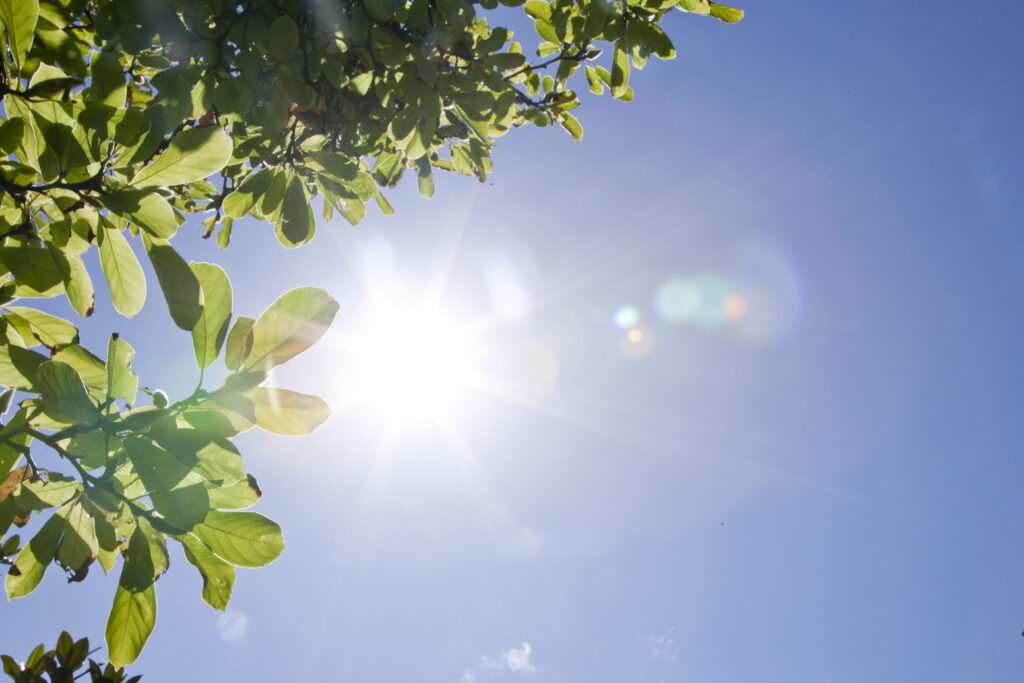It’s safe to say that everyone wears sunscreen as a part of their daily routine without a doubt, right? Wrong.
You would be surprised to know that many people describe having a long established love-hate relationship with this important step. Search the web and it is not uncommon to see people mention their distaste for the signature oily-finish, uncomfortable wear of the average sunscreen, and more. On the other hand, also search the web and find that there are many reviews surrounding how great a certain sunscreen is. So, what is the main difference between these products?
There are a lot of reasons and scientific researches, explaining why European and Asian sunscreens might be the better pick (but this of course doesn’t discount the numerous high-quality US sunscreens in the market).
Aside from the overall better application and finish of Asian products, they also have higher UV photo-protection in comparison to say, US sunscreens. How can we say so in such a matter-of-fact manner?
The harm of outdated regulations
The sad truth is that many US sunscreens rely on outdated UV filters. Because sunscreens are considered over-the-counter drugs in the US, the Food and Drug Administration must regulate each ingredient that is verified for safety and use in these products. While in theory, this would make for a stronger, more solid ingredient list for sunscreens, this is far from the truth.
This lack of necessary action inspired a group of dermatologists, scientists, and more to come together as the PASS Coalition. Their combined efforts went into the successful creation and passing of The Sunscreen Innovation Act in July 2014. However, even with these momentous steps towards change, the PASS Coalition reports that no further action has been taken. Americans expected that they would soon be getting the latest in technology – the least they deserve – however, the USFDA has denied any changed due to lack of record of safety.
” The FDA has not approved a single sunscreen ingredient through the TEA process since the creation of the program in 2002,” said the Public Access to Sun Screens Coalition in their FAQ. “The UV filters Bisoctrizole and Bemotrizinol, for example, have been widely used in Europe and other countries since 2000 and have proven to provide broad-spectrum formulations for more efficacious products.”
Europe and Asia vs. America
Bemotrizinol, which is also known as PARASOL® Shield, provides protection against UVA and UVB. Even though it is safe and effective, and used in both Europe and Asia for decades, the USFDA is yet to accept it. Along with this ingredient, Tinosorb M, Mexoryl SX, Mexoryl XL have been denied.
Products like Dear, Klairs ‘All-day Airy Sunscreen’ contains organic compounds like Bis-Ethylhexyloxyphenol Methoxyphenyl Triazine (Bemotrizinol or BEMT) for the strong sun protection. It has confirmed the result of SPF50 PA++++ UV protection by 3 different clinical tests. On top of this powerful feature, you can feel the airy but glowy texture that moisturize your skin.
Only half the protection?
A strong sunscreen is made from a strong base of UV protection that expands from UVA and UVB. However, the Environmental Working Group shares that with the most recent round of sunscreen regulations that went into effect December 2012, the USFDA set far more lax standards for UVA protection.
“Those regulations allowed nearly every sunscreen product to be marketed as “broad spectrum”, a term that implied good UVA protection.” the EWG said.
In conclusion, while the rest of the world is moving towards bigger and better sun protection solutions, the US has basically sat still in its track. If you’ve been looking for a sunscreen with easy blending and strong protection, you may need to start searching outside of the borders.
Dear, Klairs All-day Airy Sunscreen is available on wishtrend.com, or through a global retailer near you.
